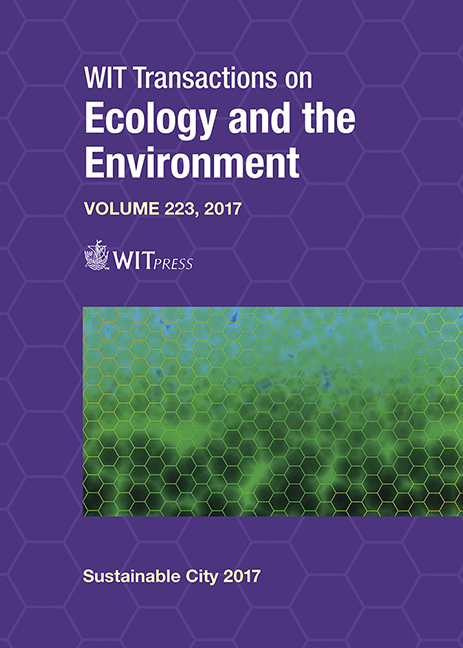A NEW LOOK IN DESIGNING SUSTAINABLE CITY LOGISTICS ROAD PRICING SCHEMES
Price
Free (open access)
Transaction
Volume
223
Pages
11
Page Range
171 - 181
Published
2017
Size
395 kb
Paper DOI
10.2495/SC170151
Copyright
WIT Press
Author(s)
ARMANDO CARTENI
Abstract
The congestion caused by freight vehicles within city logistics has become a serious problem for the cities round the world. Furthermore, the pollutant impacts of these vehicles are very high also at urban scale. Many cities are trying to propose planning strategies aimed at reducing these external impact of freight transport through sustainable transport policies. The idea of introducing a toll for rationalize the use of the road infrastructures by freight vehicles in city logistics is one of the most common Transportation Demand Management policies. The development of ITS technologies today allow to design these pricing schemes in several ways connecting the price to individual trips either on the congestion level as well as to the freight vehicle consumption\emission characteristics or the size and the loading factor. The road–pricing is a well–established practice all round the world. One of the main limits of the available case studies is that they don’t take into account the impacts on the acceptance and on equity among the freight carriers. The aim of the study is to propose a new look in designing a sustainable city logistics road pricing schemes based on transport–related “acceptance and equity” measures useful for enlarge both the acceptance of this policy among the carriers and the equity produced in term of transport costs supported by the freight companies competing in the market. The origin–destination net perceived utility s(V) is the variable proposed as an acceptance and equity measure. The idea was to consider the dispersion of s(V) as a measure of equity and the change in s(V) deriving from a road–pricing scheme as an inverse measure of acceptance (the smaller the change the larger is the acceptance of the policy among freight carriers). Furthermore, an application to a toy network was performed to test the benefit and the applicability of the proposed measure at reducing external and internal impacts deriving from a city logistics policy.
Keywords
freight transport, urban distribution, transportation planning, decision support system, optimization problem, decision–making process, welfare, quality of life





